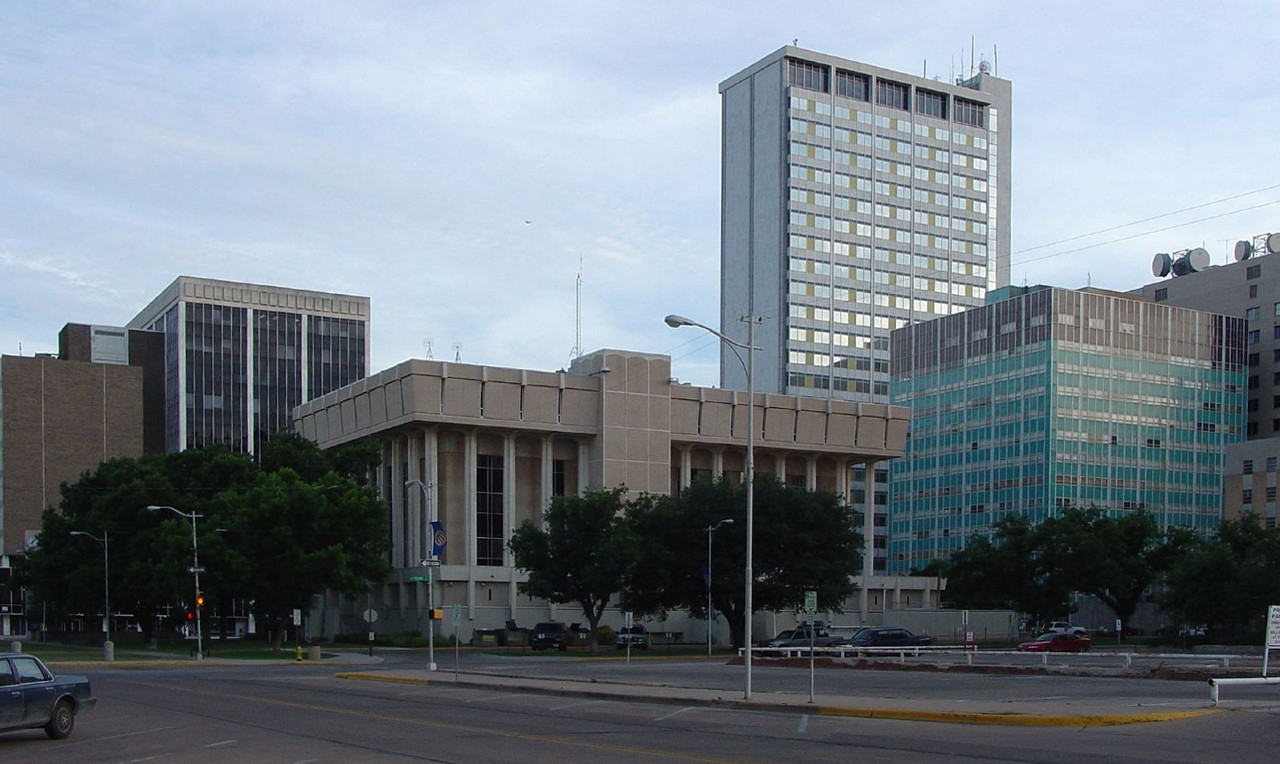Midland, Texas

A growing city in west Texas, Midland’s future changed dramatically in 1923 with the discovery of oil, attracting thousands of investors and workers eager to find their fortune.
Midland’s history and plans for the future are closely linked to the oil industry. By 1950, more than 200 oil companies had set up offices in Midland, increasing the population and supporting the construction of new schools, a full-service hospital, and cultural attractions. Competition from foreign oil producers during the 1960s forced some companies to leave, but the boom period returned in the 1970s and Midland continued to prosper through the early 1980s. Growth came to an abrupt halt when oil prices collapsed by nearly 70% in early 1986. As oil prices recovered through the 2000s, Midland’s population and economic growth have resumed, although the long-term effects of the current decline in oil prices may temper that prosperity.
Although the oil industry remains the city’s dominant source of employment, civic leaders have worked to diversify the economy and develop a comprehensive framework for the future, including investments in housing, transportation, and green spaces.
